If you've ever seen a dapple gray horse, you know that they're special. Dapple greys are eye-catching, unique, and have a beautiful spotted pattern that you won't forget. But how do they get those dapples? Where can you find these one-of-a-kind horses? Don't worry — keep reading for the full trot!
What Are Dapple Grey Horses?
There is no such thing as a gray spotted horse breed! Rather, it refers to the color of their coat. As a result, these gray horses can appear in many different kinds of horse breeds. Most of the time, these majestic beasts start out a darker color, fade into a dapple grey, and then eventually become fully white. Their coat essentially goes through the same process human hair does (graying with age), which results in a dapple grey coat somewhere in the middle.

What Causes Dappling?
It's all in the genes! A horse must have a grey allele (gene variant). This gene is what causes the horse to slowly turn white as it ages. Interestingly enough, a grey dapple can be born with any color coat, but the original color will fade to white over time. The grey allele is the dominant gene, so if both parents are grey, the foal will be grey as well. However, if only one parent is grey, there is a 50% chance the foal will be grey. Horses with two grey alleles will usually turn grey quicker than ones with only one grey allele.
Are Dapple Grey Horses Common?
Yes, dapple greys are relatively common across a wide range of horse breeds. The presence of the greying gene, known as the grey allele, is responsible for the gradual lightening of a horse's coat color as it ages. This genetic trait is surprisingly widespread, with approximately one in ten horses today carrying the grey allele.
It's important to note that this greying effect is not limited to just one or two horse breeds but can be found across a diverse array of breeds, making dapple horses a familiar and enchanting presence in the equine world. Despite their prevalence, each dapple gray horse exhibits a unique pattern and progression of dappling, making these horses both common and distinctively beautiful in their appearance.

What Do Dapple Gray Horses Look Like? (Characteristics)
Dapple greys are known for their striking appearance, marked by a unique and often mesmerizing coat pattern. The dapples, which are circular or ring-shaped spots of darker hair surrounded by lighter-colored hair, are the hallmark of a dapple grey horse's coat. There are two primary types of dapple patterns that can be observed on these horses:
True Dapples
These dapples are most commonly associated with traditional dapple gray horses. True dapples are characterized by their persistent and prominent nature. The darker hairs that form these spots are always present, creating a consistent and striking pattern across the horse's coat.
Bloom Dapples
Unlike true dapples, bloom dapples are more subtle and can appear and disappear depending on factors such as the horse's diet, overall health, and grooming practices. These dapples are typically found on darker-colored coats and are not as permanent or pronounced as true dapples.
The dappling process varies from horse to horse, but here is an example of a general timeline of what to expect as a dapple horse matures. This process shows the horse's signs of aging and growth, all of which are based on numerous factors:

Foals and Weanlings
Dapple grey foals, which are horses younger than one year old, often start life with a coat that is any color but grey—common shades include bay, black, chestnut, or even palomino. As the foal begins to age and approaches the weaning stage, the first signs of the grey coat start to emerge, particularly around the eyes and muzzle.
Yearlings
A yearling, which is a horse aged between one and two years, typically exhibits more pronounced changes in its coat. At this stage, the horse's coat generally darkens to a steel-grey color, often accompanied by the first appearance of dapples. These dapples may be faint or patchy, but they mark the beginning of the distinctive dappled pattern that will develop further as the horse ages.
Two to Six Years Old
Between the ages of two and six, a dapple grey horse's coat undergoes significant transformation. The coat typically lightens progressively, and this period is when dapples are most prominent and well-defined. The dappling pattern becomes a striking feature, with a balanced mix of dark and light hairs that create a unique and eye-catching appearance.
After Six Years Old
As the horse continues to age beyond six years, the dark hairs that once defined the dapples gradually lighten, leading to a nearly white coat in many cases. Most dapple grey horses will lose their dapples almost entirely, transitioning to a coat that is predominantly white or light grey. However, there are exceptions to this rule.
In some extremely rare cases, older dappled horses may retain some of their dapples or even experience a resurgence of dappling later in life. This can happen due to various factors, including genetics, health, and even seasonal changes. Such occurrences add to the allure and mystery of gray dapple horses, as their coat color and pattern continue to evolve throughout their lives.
Dapple Grey Horse History
The history of the grey spotted horse is somewhat uncertain. Here's what we know:
- A 2008 Swedish study revealed that all dapple greys today share a common ancestor that lived over 2000 years ago. This confirms that people were fascinated by the color changes these horses go through even thousands of years ago. They loved them so much that they selectively bred dapple grey horses to retain the gene, which is why we still have these unique coats today.
- Breeds that are more often dapple grey have common ancestry in the Arabian horse breed. It is believed that all grey thoroughbreds descended from one particular grey horse from the 1700s named Alcock's Arabian.
Horse Breeds That Can Have Dapple Grey Coats
Most breeds can have a dapple grey coat, but it's more common in some breeds. Some of these breeds include:
- Lippizan
- Andalusian
- Percheron
- Mangalarga Marchador
- Irish Sport Horse
- Standardbred
- Arabian
- Hanoverian
How to Care for a Dapple Grey Horse
Because dapple gray horses can be from many different breeds, caring for them is typically breed-specific. As a rule of thumb, a healthy dapple gray horse will have more defined dapples, so make sure to give them adequate exercise, nutritionally balanced food, and regular grooming.
Dapple Grey Horse Coat Color And Grooming
A dapple grey horse's coat color will change over time, so to get the most shine out of their winter coat and bring out the dapples, these horses should have regular grooming. This means their coat, mane, and tail needs daily brushing to remove dirt, matting, and debris.
Bathe regularly with horse shampoo, and their mane and tail should be detangled as needed. You can give your horse best CBD oil for horses by Holistapet. Remember, if your horse has bloom dapples, a good diet, for that you can check CBD for horses and a healthy coat are necessary to make the dapples visible, so don't skip out on the grooming!
Can a Horse Stay Dapple Grey?
Yes, it is possible, but it's rare. Most dapple greys will end up white at the later half of their life. If you find a horse that remains one color it is exceptionally rare. However, in some cases, limited dappling can reappear after the coat fades. This can be seen as small patches of dark hair or increased speckling throughout the coat (which is called "flea-bitten grey" or "speckled grey").
Do Horses Lose Their Dapples?
Yes, they most likely do. It's unfortunate, but it's the nature of their dapple grey coats. However, if you're lucky, some dappling may reappear over winter this time! Although they may lose their dapples, they still have the grey allele responsible for their color-changing coats. So even if they may not look like they have dapples, it's still there and can be passed on to later generations.
More About These Types of Horses
The color-changing coats and markings of dapple greys have enamored enthusiasts for thousands of years, and that love isn't stopping anytime soon! These wonderful coats can be from many different breeds, but no two coats are alike. The color variations make these horses so memorable. While some dapples are more prominent, some are less, some coats are more white, and some are speckled. No two horses are the same, and that's what we love about them.
Final Thoughts - The Dapple Grey Horse
The journey of caring for dark dapple grey horses is a rewarding experience, as their ever-changing coat patterns reflect the careful and loving attention they receive. With proper care, your dapple grey horse will continue to captivate with its beauty and thrive in both health and appearance. For more information on horse breeds, read more on Holistapet!




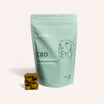


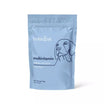
![Probiotics For Dogs [Soft Chews] - HolistaPet](http://www.holistapet.com/cdn/shop/files/Probiotic-Infographic-1_472d7a29-e30c-435a-9638-1365d8c3a9f9.jpg?v=1725384841&width=104)
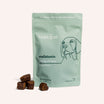












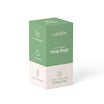




![Grulla Horse [Guide to These Rare Gray Beauties]](http://www.holistapet.com/cdn/shop/articles/447_4920adc3-f637-47bb-b92a-181b2ac18164.jpg?v=1739223662&width=500)
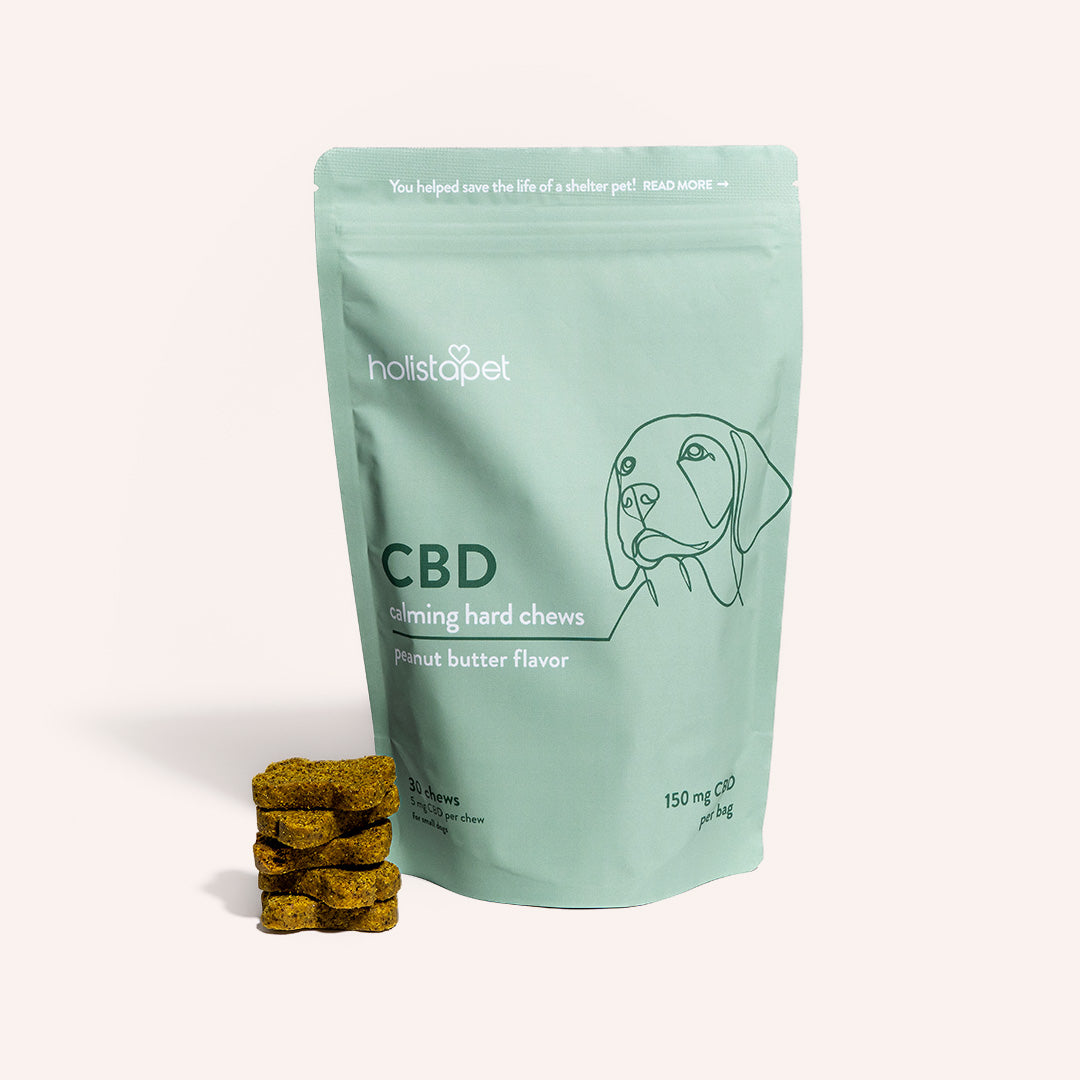
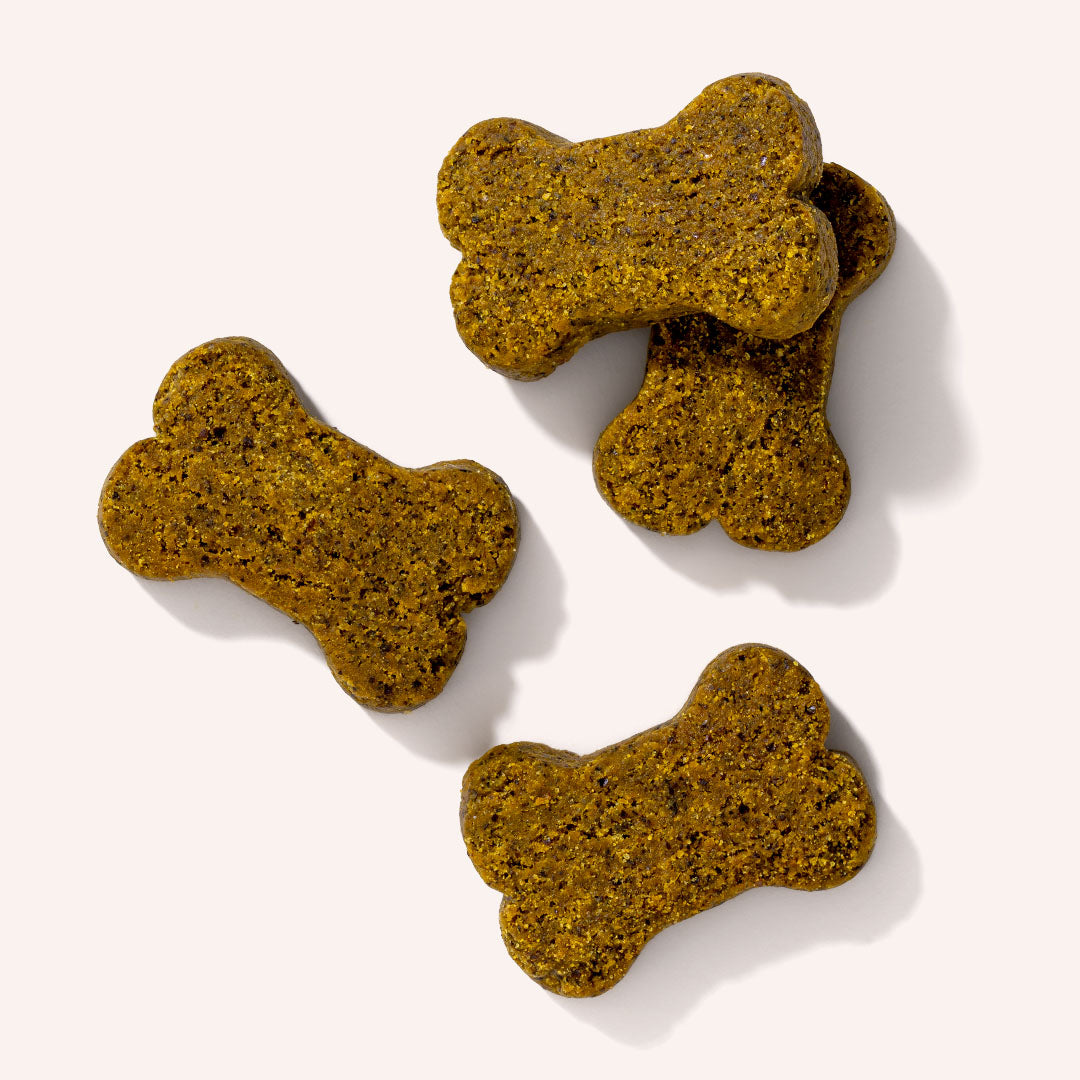
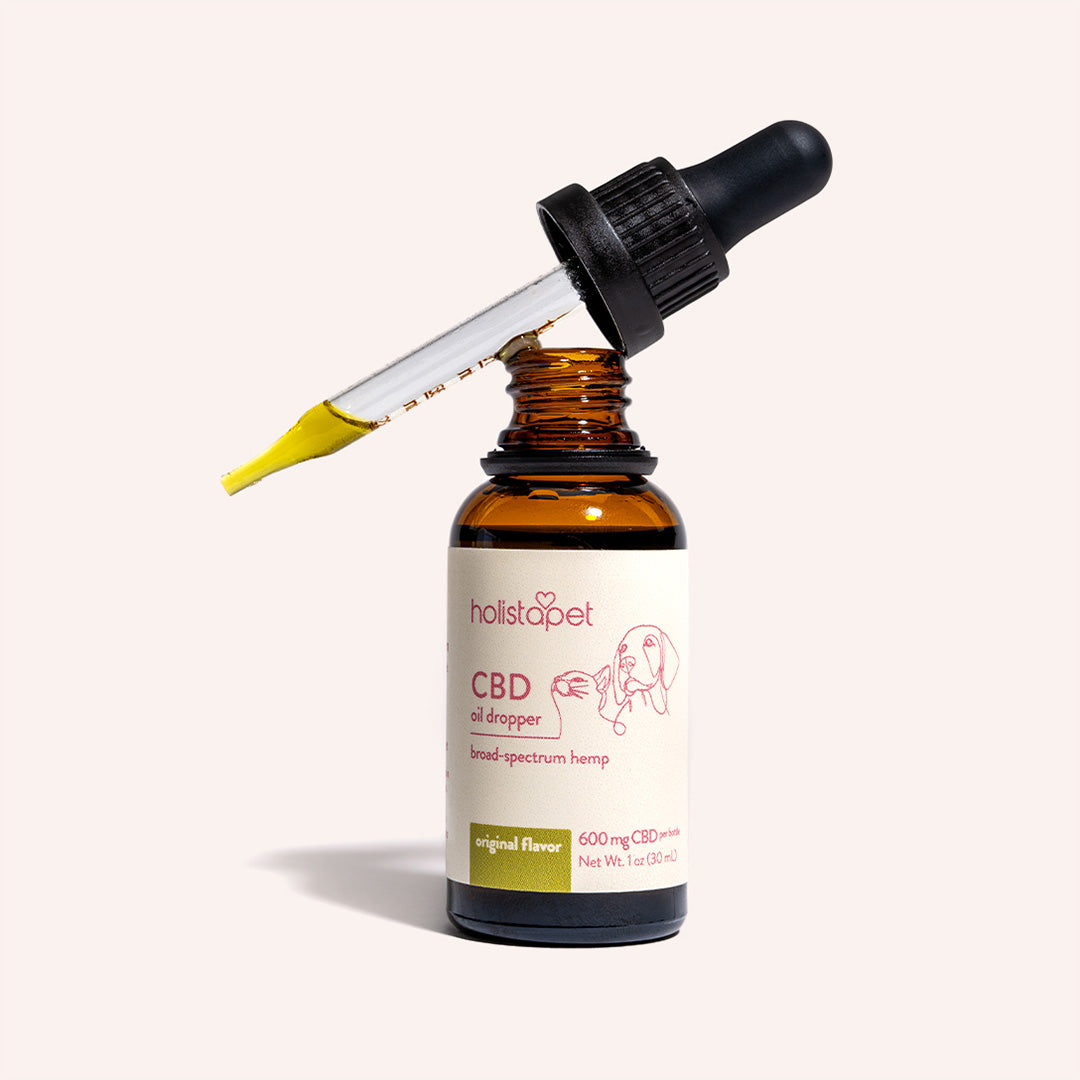
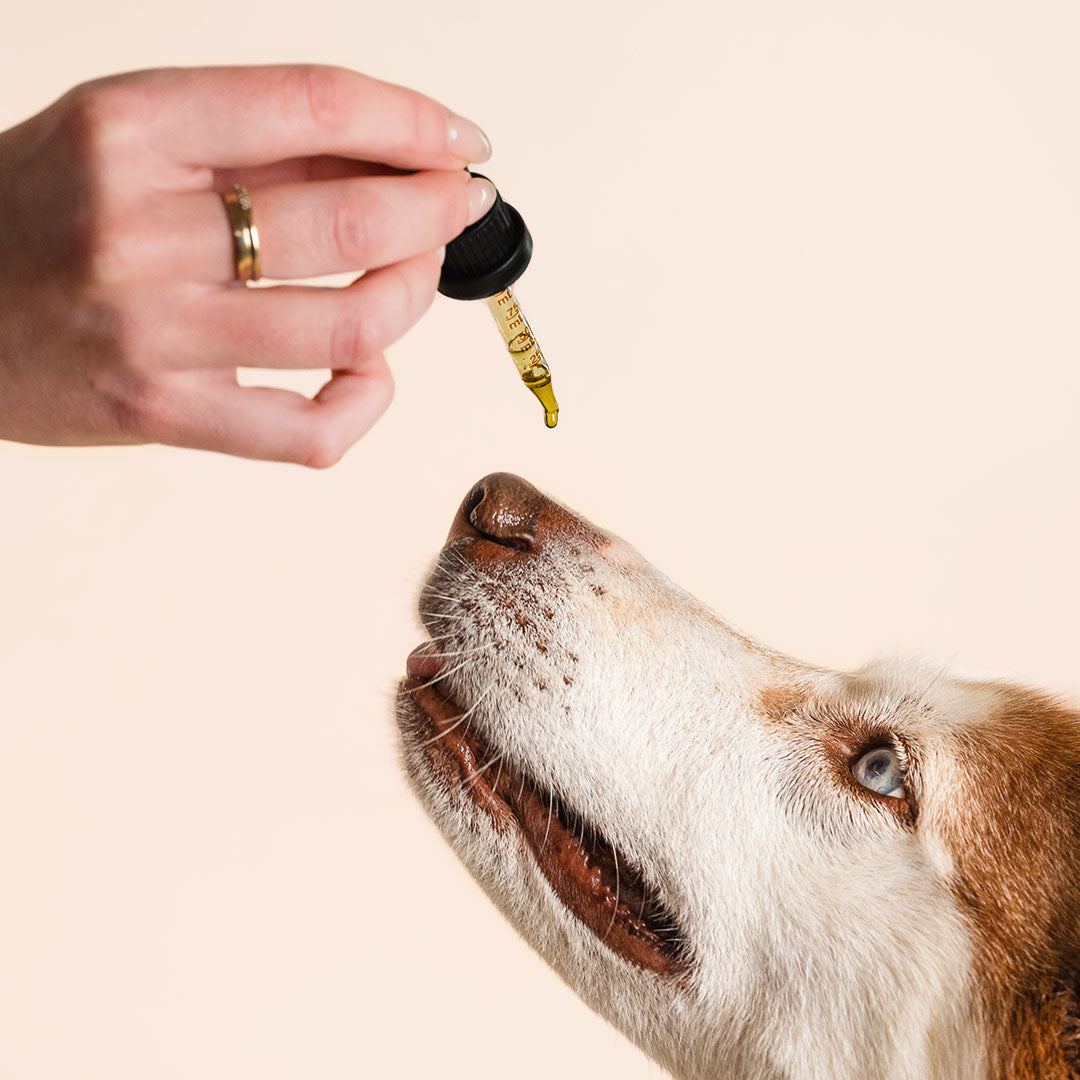
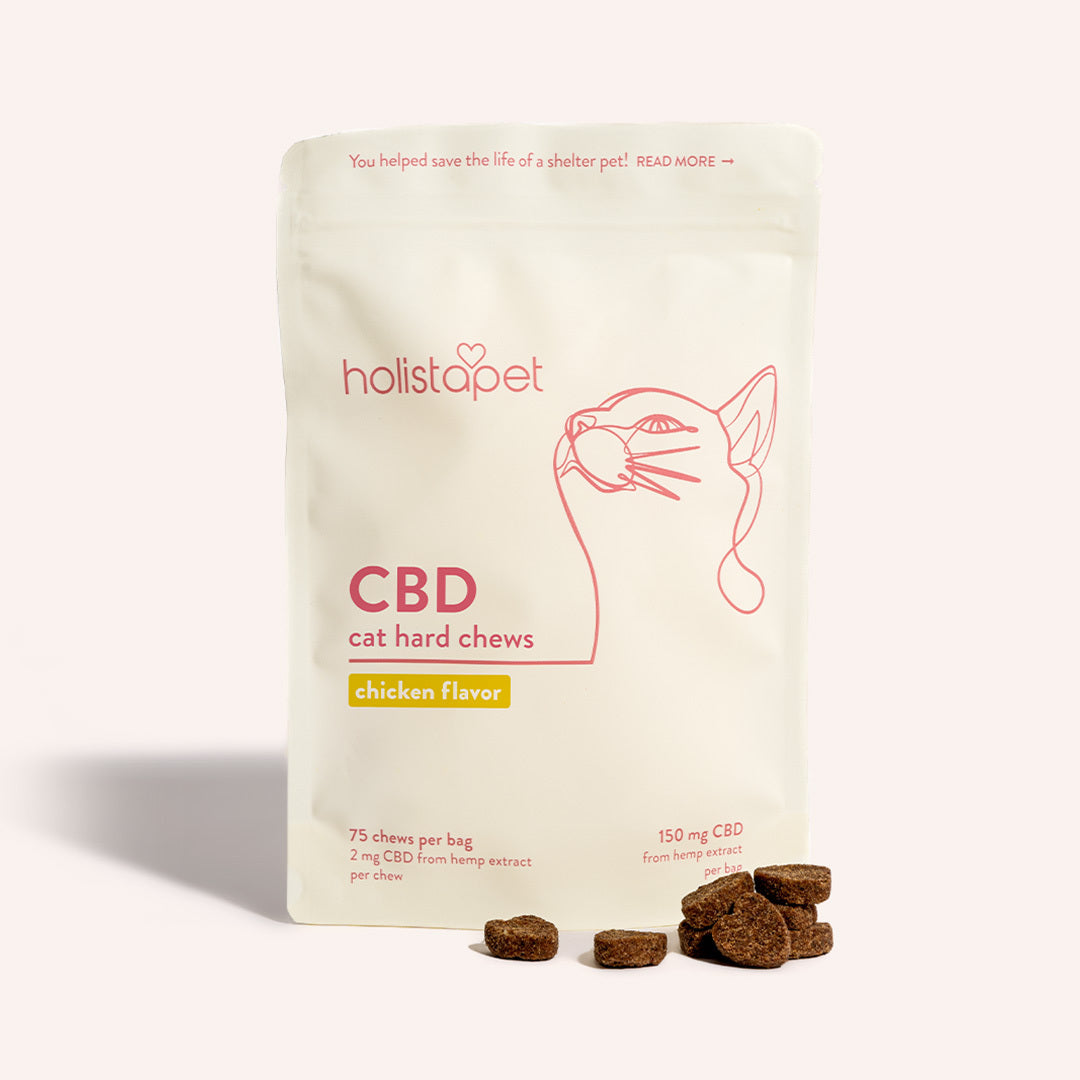
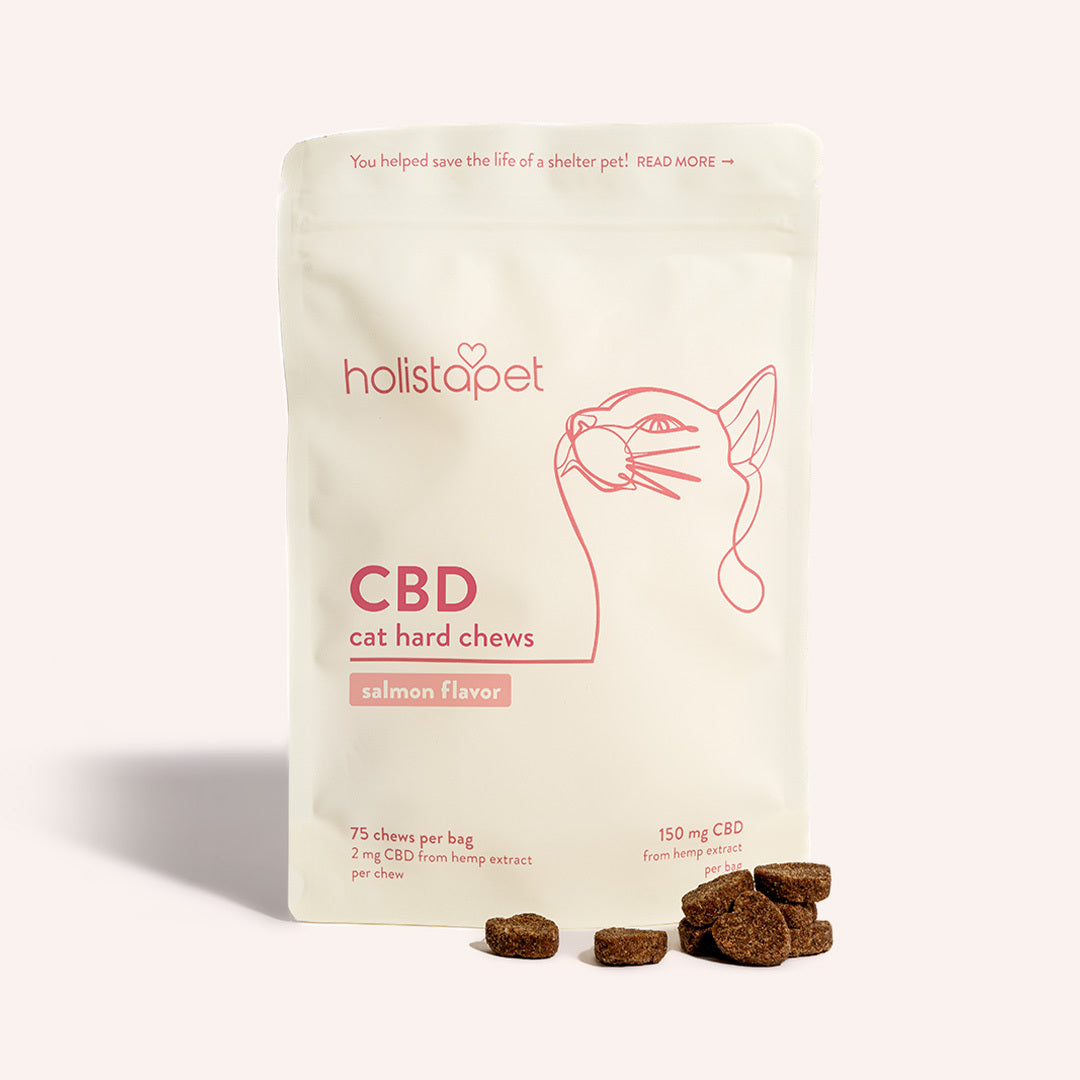
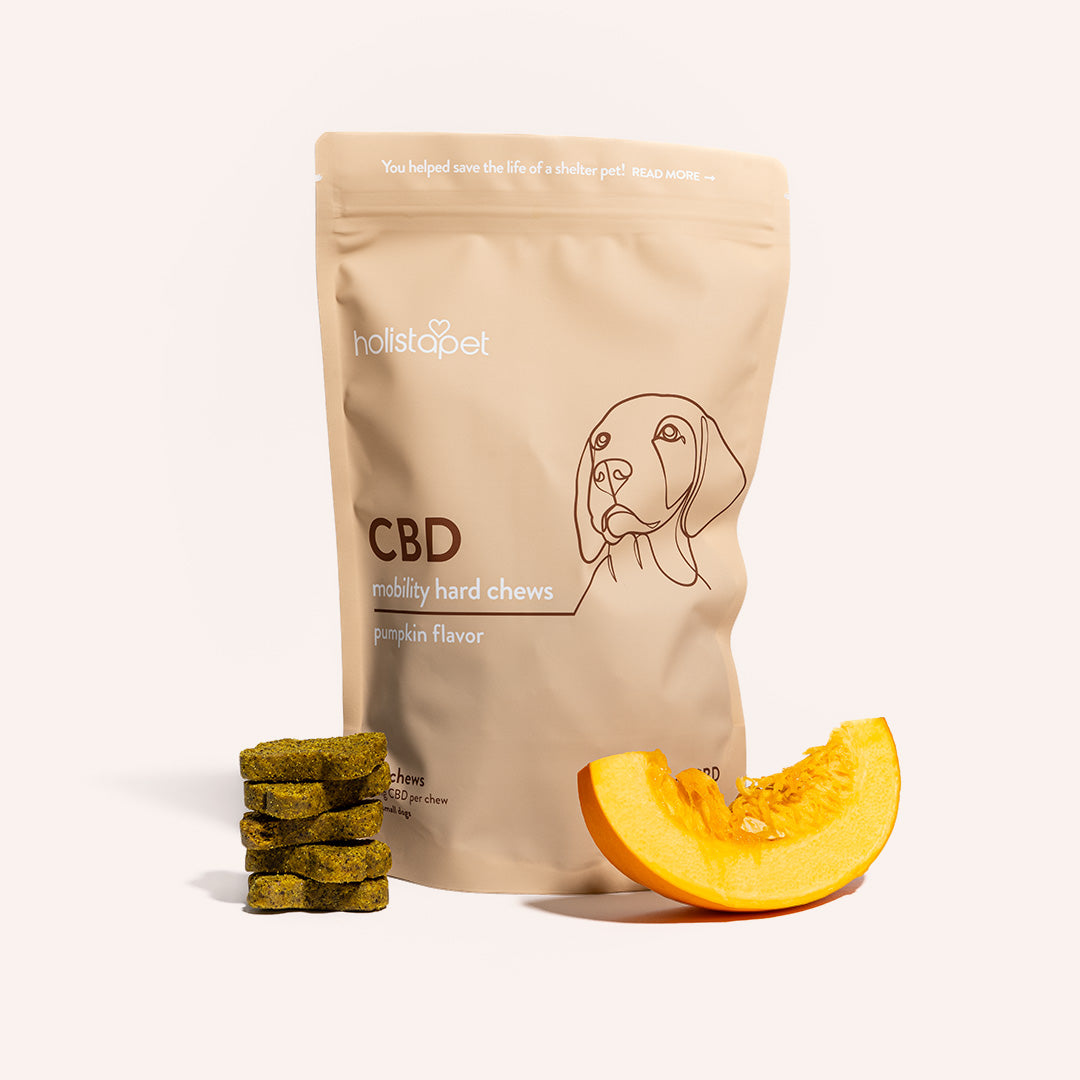
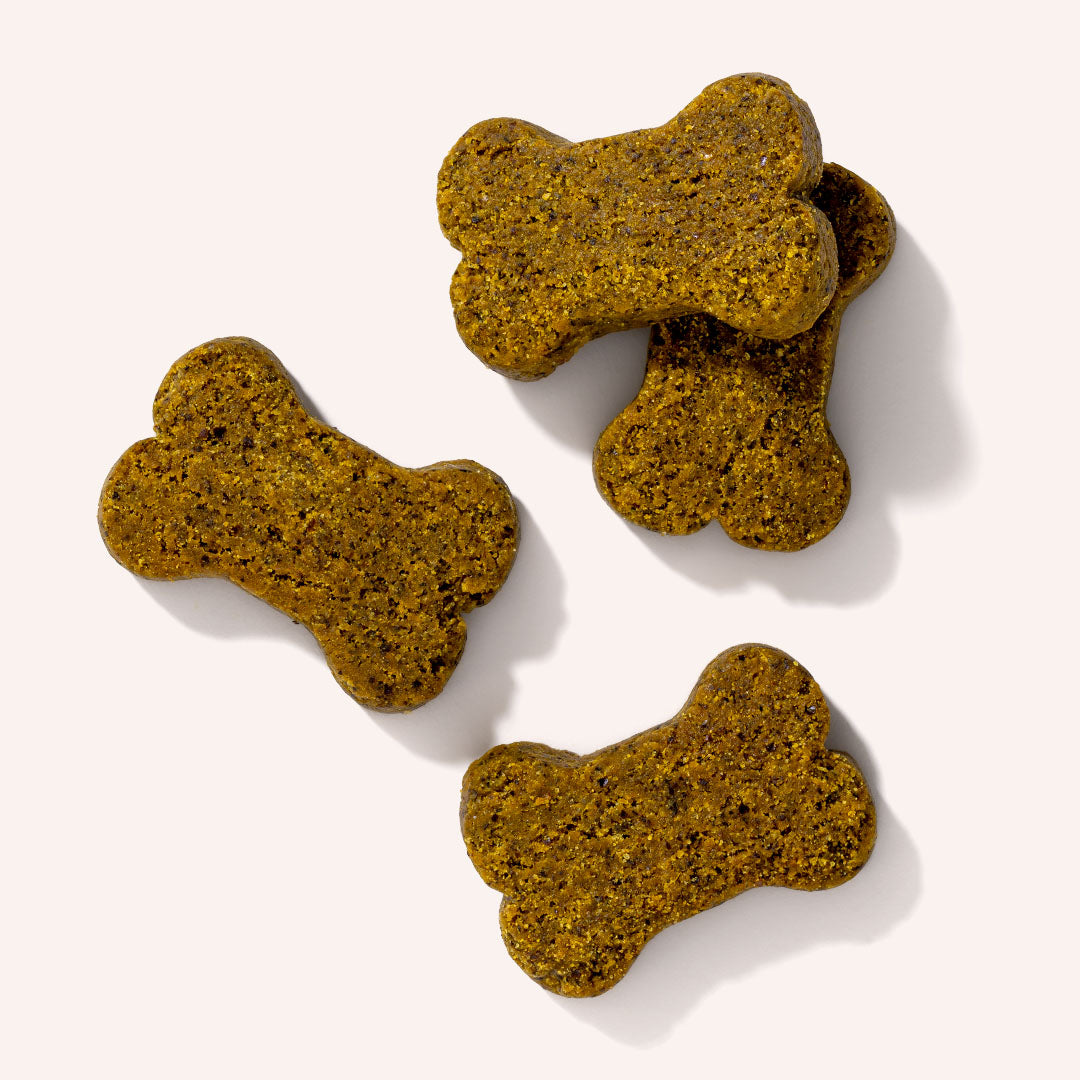
Leave a comment
All comments are moderated before being published.
This site is protected by hCaptcha and the hCaptcha Privacy Policy and Terms of Service apply.